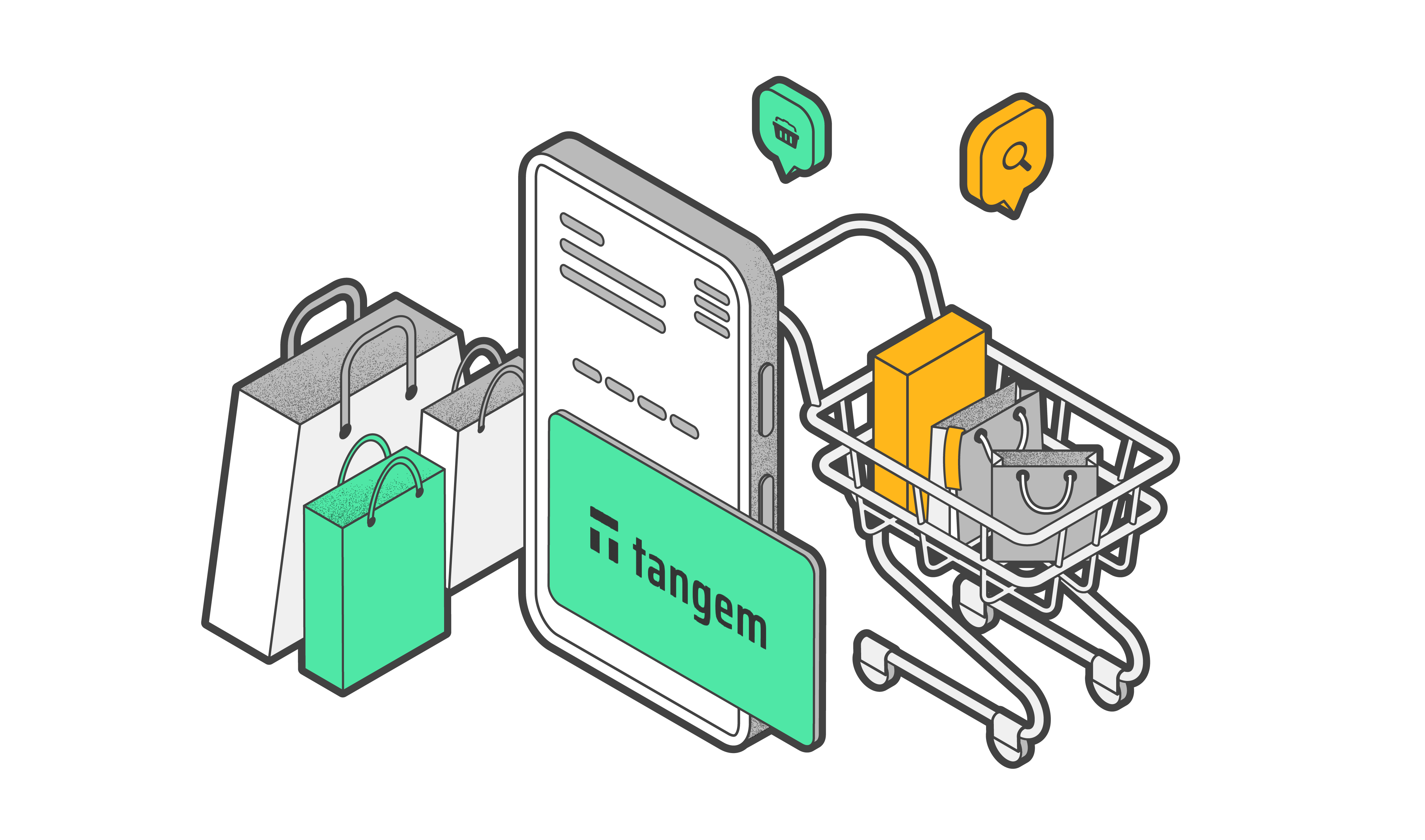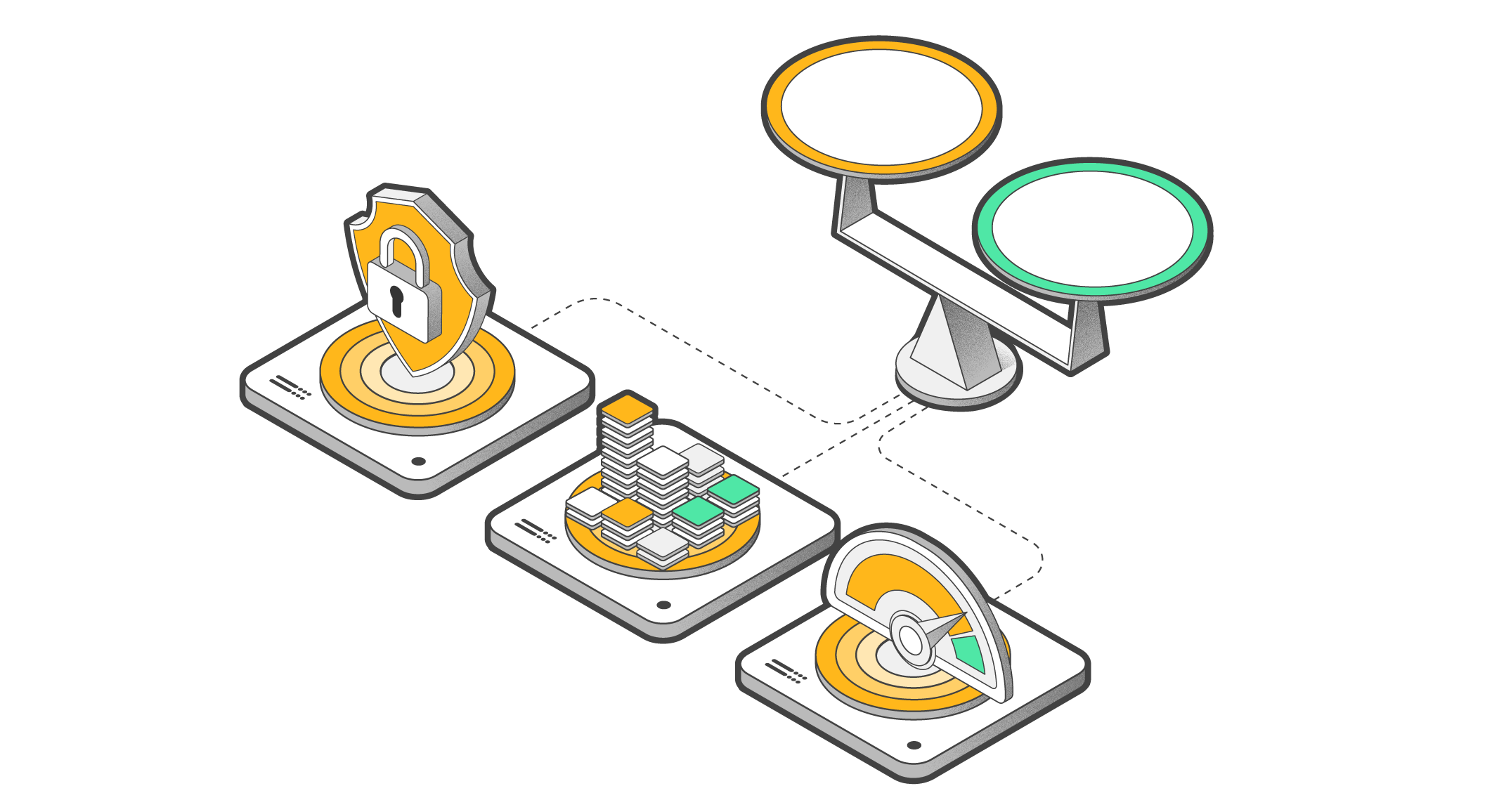
Crypto Taxes in Canada: The Complete Guide (2025)
Master your 2025 crypto taxes in Canada: rules, rates, and smart ways to track and file with confidence.

AI summary
Cryptocurrency is legal and taxable in Canada, with the Canada Revenue Agency (CRA) treating it as property—taxing capital gains for investors and full income for those earning through mining, staking, or frequent trading. Taxable events include selling, trading, spending, or earning crypto, while holding or transferring between personal wallets is not taxable. Accurate record-keeping and timely filing are essential, and tools like Tangem Wallet and crypto tax software can help simplify compliance as CRA oversight increases.
Cryptocurrency is legal and taxable in Canada. The Canada Revenue Agency (CRA) classifies crypto as property, meaning you’re taxed when you sell, trade, or earn it. Depending on your activity, the CRA may classify your profits as capital gains or business income. Occasional investors generally pay capital gains tax, while active traders or miners may owe income tax. As CRA oversight grows, accurate record-keeping is crucial. Using a Tangem Wallet helps simplify that process. Because you hold your assets in self-custody, the system traces and securely logs every transaction, simplifying tax tracking and reporting. Before you dive in, check out our complete crypto guide in Canada.
Do You Pay Tax on Crypto in Canada?
Yes. You pay tax on crypto in Canada whenever a taxable event occurs. The CRA treats cryptocurrency as a commodity, so you’re only taxed when you dispose of it.
Taxable events:
- Selling crypto for CAD
- Trading crypto-to-crypto (e.g., ETH for BTC)
- Spending crypto on goods or services
- Receiving crypto as payment
- Mining, staking, or earning yield rewards
Non-taxable events:
- Buying crypto with CAD
- Holding crypto long-term
- Transferring between your own wallets
Holding alone isn’t taxable, but once you sell or trade, you’ll need to calculate gains. For step-by-step buying guidance, see How to Buy Bitcoin in Canada.
Crypto Capital Gains Tax in Canada
How Capital Gains Work
When you sell or swap crypto you’ve held as an investment, you may have a capital gain or loss. Only 50% of the net gain is taxable.
Example: Buy 1 BTC for $5,000, sell for $8,000 → gain $3,000 → taxable amount $1,500.
Tax Rates by Income Bracket
Canada’s progressive system taxes half of your capital gains at your marginal rate.
Federal tax rates (2025):
- 15% on up to $57,375
- 20.5% on $57,376–$114,750
- 26% on $114,751–$177,882
- 29% on $177,883–$253,414
- 33% above $253,414
Add provincial tax (e.g., Ontario’s 20–27%, BC’s 20–31%, Quebec’s up to 35%).
Example: You earn a $1,500 taxable gain and fall in a 28% combined bracket → tax owed ≈ $420. For an easier way to store and track the cost basis of your assets, consider using a Tangem hardware wallet, which ensures your records are transparent for CRA compliance.
Example Calculations
- Example 1: Buy BTC $5,000 → sell $8,000 → gain $3,000 → 50% taxable = $1,500.
- Example 2: Swap ETH worth $3,000 (cost $2,000) for BTC → gain $1,000 → 50% taxable = $500.
Income Tax on Crypto in Canada
The CRA treats cryptocurrency earned through activities such as mining or staking as income rather than capital gains.
Taxed as income:
- Mining or staking rewards
- Airdrops and yield farming
- Payments in crypto for work
- Frequent trading (considered business activity)
Here, 100% of the value is taxable at your personal or corporate rate.
Example: You mine 10 coins valued at $100 each → report $1,000 as income. If later sold at $150 each, you’ll realize a $500 capital gain, half of which is taxable.
CRA assesses frequency, intent, and scale to determine if you’re running a crypto business. If you’re new to trading platforms, check our Best Crypto Exchanges in Canada to choose compliant options that simplify tax record exports.
How to Calculate Crypto Taxes in Canada
Step-by-step:
- Identify taxable events (sales, swaps, mining, staking).
- Determine acquisition cost in CAD (including fees).
- Record sale or swap proceeds in CAD.
- Subtract cost from proceeds → gain/loss.
- Apply a 50% inclusion rate for capital gains (100% for income).
- Use daily CAD conversion rates.
- Keep full records—date, type, value, wallet.
Example: Bought 1 ETH $2,000 → sold $3,000 → gain $1,000 → 50% taxable = $500. At a 30% tax rate, you owe $150. Holding assets in a Tangem wallet ensures that your transaction history remains verifiable, even without centralized exchange records, which is a plus if the CRA requests documentation.
How to Report Crypto Taxes to the CRA
Report crypto transactions on your annual T1 General return.
For investors: Use Schedule 3 – Capital Gains (or Losses) to report profits or losses under “Other property.”
For business activities: Use Form T2125 – Statement of Business or Professional Activities for mining or active trading income.
Recordkeeping checklist:
- Dates, values in CAD, transaction type
- Wallet addresses and exchange sources
- Exchange rate used
- Keep records for at least six years
You must report even your losses so you can offset future gains. Self-custody users can easily export data from Tangem Wallet or pair it with crypto tax tools to generate CRA-ready summaries.
Deadlines for Crypto Taxes in Canada (2026)
- Tax year: Jan 1 – Dec 31 2025
- Filing deadline: April 30, 2026 (individuals)
- Self-employed filing: June 15, 2026 (payment due April 30)
- Late penalties: 5% + 1% per month (up to 12 months)
Filing early prevents interest and gives time to correct errors. Using self-custody wallets helps avoid data gaps that can occur when delisted or closed exchanges are no longer accessible.
Best Tools to Track and File Crypto Taxes in Canada
Crypto tax tools can automate CAD conversions and CRA reporting. Top options include:
- Koinly: Canada-specific tax reports, CRA integration.
- CoinTracker: Syncs with most exchanges and wallets.
- Coinpanda: Supports Canadian cost basis methods.
- CryptoTaxCalculator: Handles DeFi and NFT activity.
- TaxBit: Ideal for professionals and exchange imports.
Combine these with your Tangem Wallet for the most accurate self-custody tracking; your transactions remain private but are easily exportable when filing taxes. If you’re just entering the market, our guide on How to Buy Bitcoin in Canada helps you start safely.
Common Mistakes When Paying Crypto Taxes in Canada
Avoid these frequent errors:
- Ignoring crypto-to-crypto swaps (each is a taxable event).
- Mixing capital and business income.
- Forgetting to include staking or airdrop rewards.
- Incomplete or missing records.
- Reporting only fiat withdrawals.
- Using the wrong CAD conversion rates.
Self-custody wallets like Tangem eliminate several of these problems by keeping consistent, timestamped transaction logs under your control.
Future of Crypto Taxation in Canada
Canada’s crypto tax environment is tightening. The CRA will soon receive more data from exchanges under the OECD’s Crypto-Asset Reporting Framework (CARF), starting in 2026. Expect more explicit guidance on DeFi, NFTs, and long-term holding incentives, as well as possible inclusion-rate changes for significant gains (over $250,000).
As global reporting expands, Tangem users benefit from the transparency of self-custody—wallets are independent of exchange shutdowns and maintain permanent transaction records. If you’re interested in how crypto taxes compare worldwide, explore Tangem’s other regional guides: Crypto Taxes in the UK, in the USA, in Thailand, in Brazil, and in Spain.
FAQ for Crypto Taxes in Canada
Do you pay tax on crypto in Canada?
Yes. Selling, trading, spending, or earning crypto triggers a taxable event. Holding is not taxable.
What is the crypto tax rate in Canada?
There’s no single rate. The CRA taxes half of your capital gains at your marginal income tax rate, while taxing business income in full.
How do you calculate crypto taxes in Canada?
Subtract your cost basis from proceeds, apply the 50% inclusion rule, convert to CAD, and multiply by your marginal tax rate.
How do you report crypto to the CRA?
Use Schedule 3 for capital gains or T2125 for business income. Keep six years of detailed records.
Do you pay tax on crypto-to-crypto trades?
Yes. Each swap is a disposal event—calculate gains using fair market value in CAD.
Are NFTs taxed in Canada?
Yes. NFTs are treated as property, taxed as capital gains or income depending on your activity.
Final Thoughts
Crypto taxes in Canada come down to one question: are you investing or earning? If you’re investing, 50% of gains are taxable. If you’re earning through mining or staking, the full value is income. Keep accurate records, file on time, and use secure tools. Tangem Wallet's self-custody solutions make it easier to track holdings, export transactions, and stay compliant with CRA expectations.









